This is a post about how we used wee when we were unwell. This sentence was unnecessary but is fun to say.
Before good quality anaesthetics and an understanding of bacteria, it would be sensible to avoid surgical procedures at any cost. You just didn’t do surgery unless it might save your life.
Surgery almost always meant death, mostly from blood loss and infection.
So for many years in Europe, physicians did not perform any procedure which would involve cutting the body open. The Hippocratic Oath even said “I will not use the knife, not even on sufferers from stone, but will leave that to such men as are engaged in this work.” (I.e. they would not even cut for kidney/bladder stones, which have an obvious cause and obvious cure and sounds like an easy procedure, because the likelihood is you’d cause more harm that it was worth.)
In the Medieval and Tudor period any surgical procedure would be done by Barber-Surgeons, who had essentially graduated from cutting hair, bloodletting and pulling rotten teeth in their high street barber shops, to amputating limbs, trepanning and other similar procedures. The survival rate was not great, and they would only perform procedures when the problem was extremely severe.

(What’s going on in this picture? I (as a medieval woman) am having teeth pulled by two barber surgeons. Now when people pulled teeth, back in the day, sometimes they would see a little pink thing in the space where the tooth was: THE TOOTH WORM! I will cover this on my next post!)
So back to physicians. They needed to get an impression of what was going on inside you without cutting you open and therefore killing you. To do this they can look at what you look like, how you are acting and what comes out of your body.
The study of a patient’s urine (Uroscopy) became one of the primary methods for diagnosing a problem. The physician would ask you to bring a sample with you to any appointment so that he could examine the colour, consistency, smell and taste.
Yes. Taste.
In one or two cases it is possible to diagnose by taste: essentially if it is sweet it may indicate diabetes. The “Mellitus” in “Diabetes Mellitus” refers to the honey taste of the urine. Yum. But mostly the tasting method really is not helpful.
So because of this very important method of diagnosis, the medieval physician is often identifiable in images because he is holding a uroscopy flask, and examining someone’s urine.
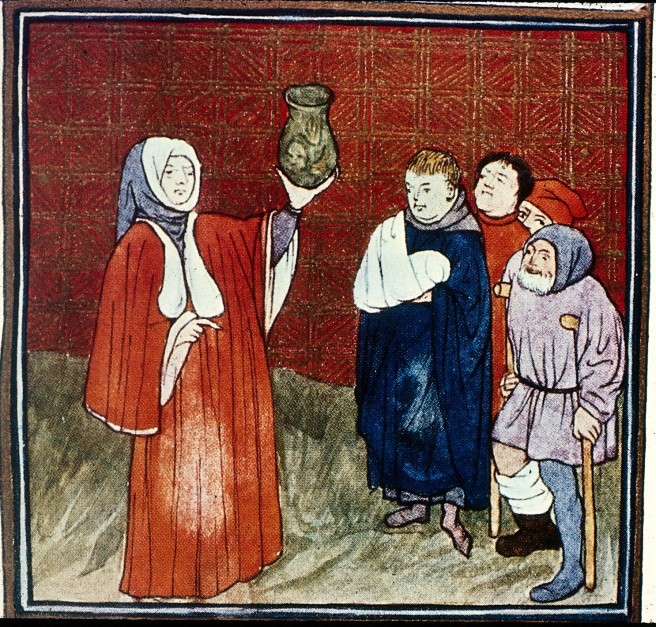
Who knows which of these patients this urine belongs to. I imagine it’s the embarrassed one hiding in the middle just peaking over the old man’s head.
In order to do Uroscopy well they had to use a Uroscopy flask, a round bottomed clear glass vessel, so they could thoroughly examine the colour and sediment, rather than struggle to see it properly in a ceramic pot.
Here is a 14th Century Uroscopy Flask from Walbrook, City of London.
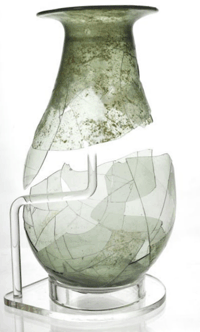
As you can see the glass would have been very clear, good quality and as colourless as possible. All the better to diagnose you with.
They would use a chart like this to compare the colour. Note the physician and Uroscopy flask.

Or this one!

As you can see there is a range of fairly normal colours, but then also blues, greens, greys and even a black! For very severely ill people presumably.
Diagnosing people from urine, although they got it a bit wrong back then, is still something we do today. It’s a pretty normal part of medical treatment which I expect we have all had many a time.
But as well as Uroscopy, in the medieval times people also practised Uromancy.
You may be able to work this out for yourself…
“Piss Prophets” or Uromancers used patient’s urine to divine the future of their lives, and more specifically their health. They had different methods, from examining the bubbles which settled against the edge of the glass or the sediments which formed at the bottom to again, tastes and smell.
This is not surprising: the understanding of medicine was so very limited, and the outcomes of people’s health was so incredibly unpredictable. If you imagine a world where approximately only 1/3 of people make it to 5 years old, you can imagine how you might grasp at any chance to predict the future of your health.
Aren’t you glad you live in the 21st Century?
Thanks for reading!
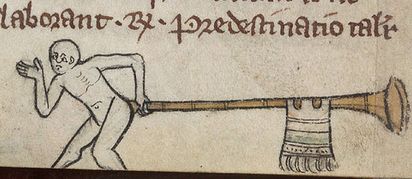
(What better way to finish a post than with a marginalia of man playing the bum trumpet?)








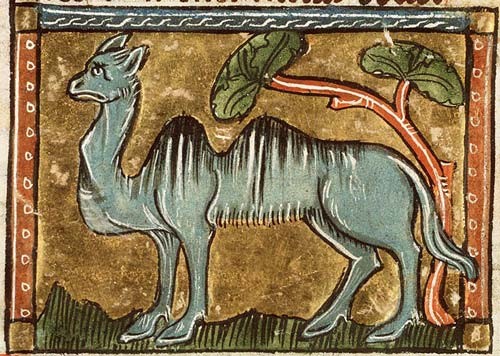




















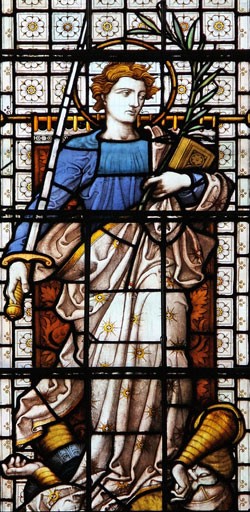 converted to Christianity, just in time for Diocletian’s persecution of Christians in the early 4th Century.
converted to Christianity, just in time for Diocletian’s persecution of Christians in the early 4th Century.

